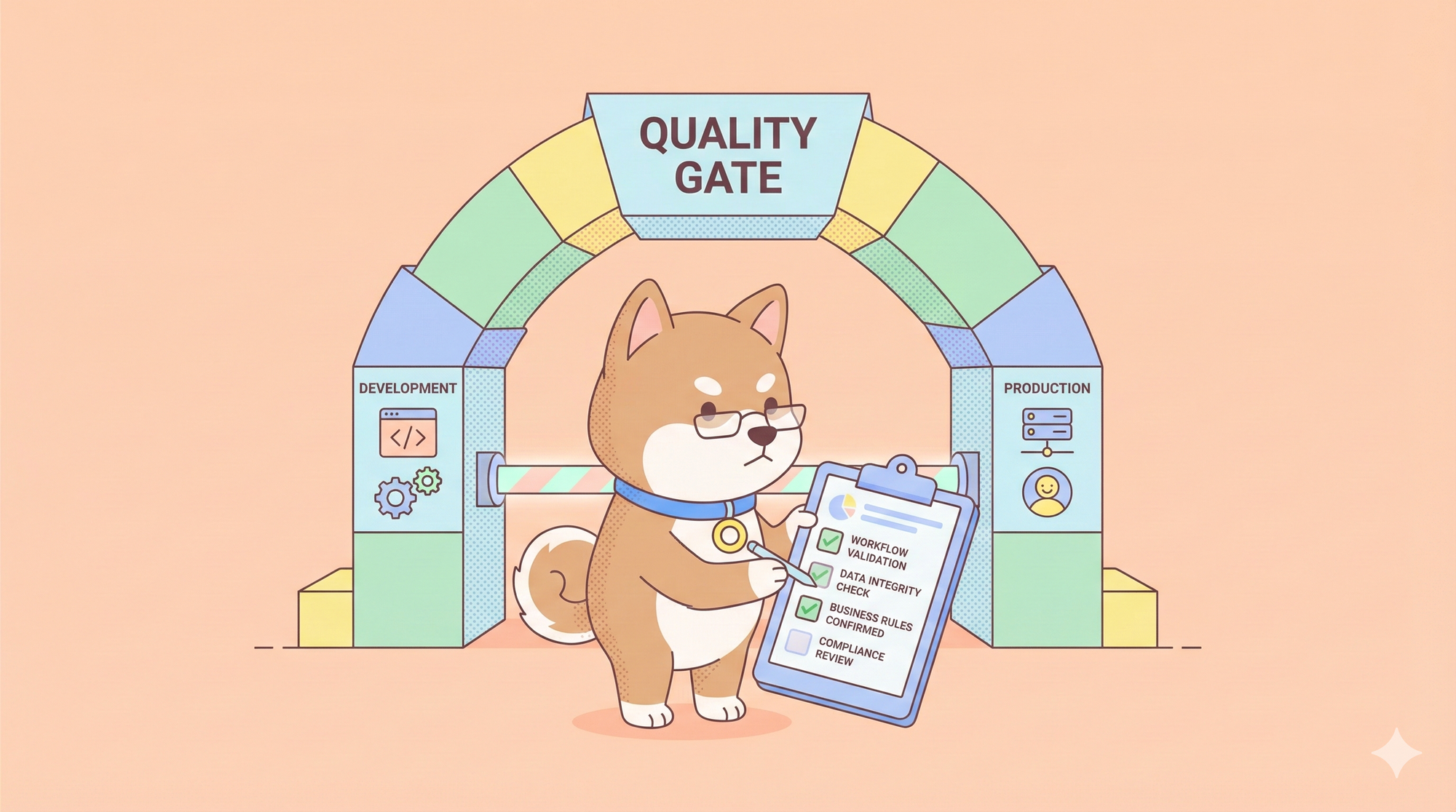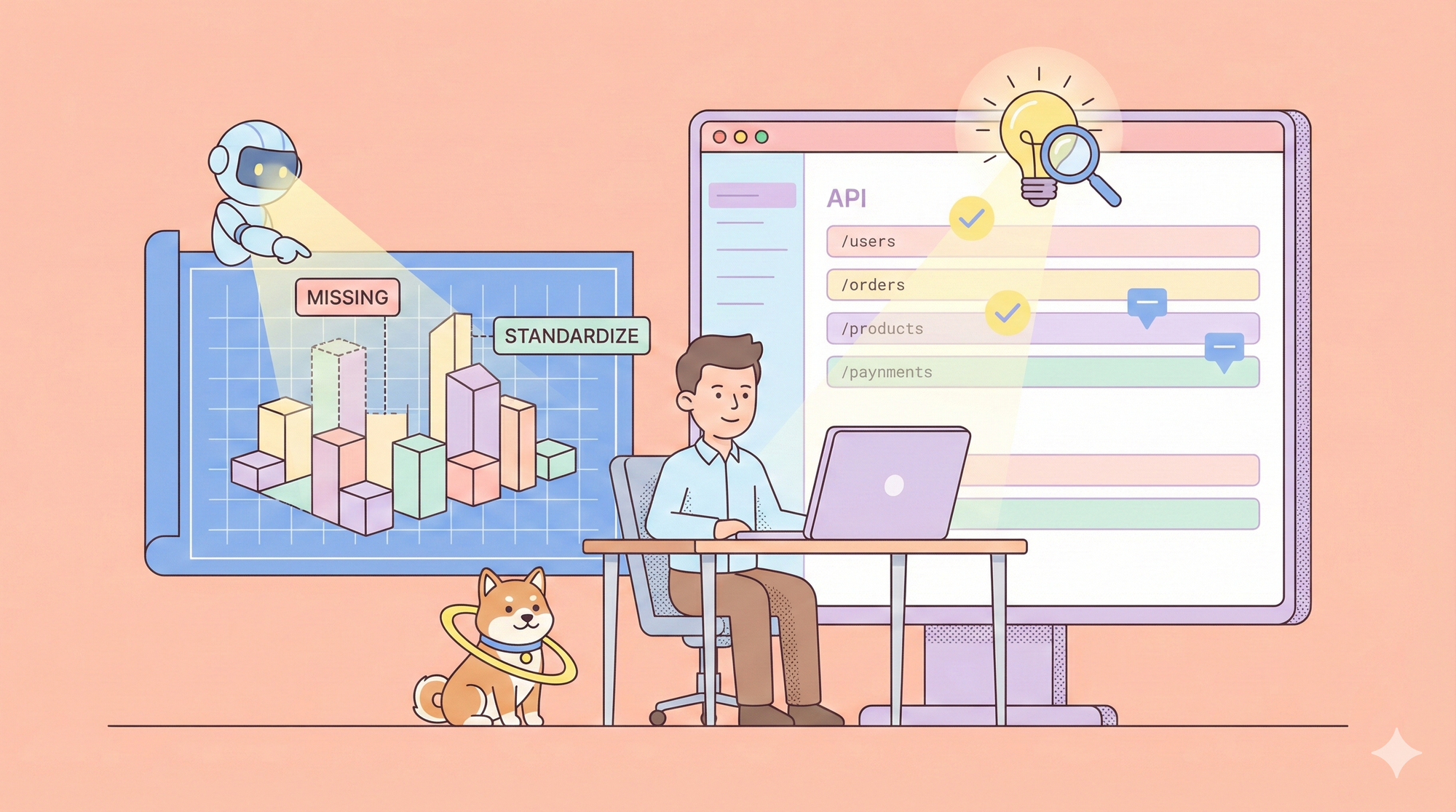The RPDB API is a powerful tool that provides access to comprehensive movie and anime ratings data, making it an invaluable resource for developers and fans alike. Whether you're building a movie recommendation system or an anime streaming platform, the RPDB API offers rich data to enhance your applications and services. In this guide, we'll explore the RPDB API in detail, covering everything from getting started to practical use cases.
What is the RPDB API?
The RPDB (Rating Poster Database) API is designed to offer developers access to a vast database of movie and anime posters with ratings. This API serves as a bridge, allowing developers to access a wealth of data related to anime series and movies, including ratings, backdrops, and badges. By leveraging this API, developers can create applications that deliver enriched content and a better user experience for anime and movie enthusiasts.

RPDB API Key Features
- Fetching Movie and Series Posters: Retrieve posters using IMDB, TMDB, or TVDB IDs.
- Backdrops with Ratings: Access backdrops that include ratings.
- Badge Addition: Add one of over 40 badge options to posters.
- Custom Text Labels: Incorporate custom text labels into posters.
- Custom Poster Images: Create and use custom poster images.
How to Get RPDB API Keys
To obtain RPDB API keys, you must subscribe to one of the Tiers on Patreon. After subscribing, your API key will be sent to you via email.
It's important to note that each subscription tier grants access to distinct features and request limits. Therefore, ensure that you have subscribed to the plan that best aligns with your requirements.
RPDB API Pricing & Request Limits
RPDB API offers the following subscription plans for you to choose from:
Tier 1: $2 / month
- Posters with ratings
- Textless Posters (where available)
- 50,000 requests per month
Tier 2: $4 / month
- Everything from tier 1
- Customisable ratings for posters (4 options, + audience score)
- Choose the Poster (different poster choices)
- 100,000 requests per month
Tier 3: $7 / month
- Everything from previous tiers
- Choose from 11 rating options and their order!
- Backgrounds with ratings
- Custom Poster based on Image URL
- Custom Labels on Posters (set at the top of the poster)
- 150,000 requests per month
Tier 4: $30 / month
- Everything from previous tiers
- 750,000 requests per month
Lifetime Tier 2: $104 / month
- Everything from Tier 2
- One-Time Payment
Lifetime Tier 3: $182 / month
- Everything from Tier 3
- One-Time Payment
Reminder: If you subscribe to the lifetime plan, remember to cancel the subscription after receiving the Lifetime API Key to avoid duplicate payments. For more information concerning RPDB API pricing, please visit this site: RPDB API pricing.
Use Cases for RPDB API
Based on its features, the RPDB API can be utilized in several impactful ways:
1. Movie and TV Series Review Platforms:
- Feature: Fetch movie and series posters with ratings based on IMDB, TMDB, or TVDB IDs.
- Use Case: Integrate these posters with ratings into a movie review platform, providing users with a visually engaging and informative browsing experience. This can help users quickly identify popular or highly-rated content.
2. Streaming Services and Apps:
- Feature: Access backdrops with ratings and add badges to posters.
- Use Case: Enhance the UI of streaming services by displaying dynamic backdrops and posters with rating badges. This helps users make quick decisions about what to watch based on visual cues and ratings.
3. Content Aggregators and Databases:
- Feature: Add custom text labels and use custom poster images.
- Use Case: Customize posters with additional information such as "New Release," "Critic's Choice," or other promotional text. This adds a personalized touch to the content displayed on aggregator sites, making it more engaging for users.
4. Marketing and Promotional Materials:
- Feature: Custom poster images with various badge options and text labels.
- Use Case: Create eye-catching promotional materials for social media campaigns or online ads. Custom posters with ratings and badges can highlight key aspects of the content, attracting more viewers and improving click-through rates.
5. Mobile Apps for Movie Enthusiasts:
- Feature: Fetch posters, backdrops, and customize with badges and labels.
- Use Case: Develop mobile apps that provide users with personalized recommendations and allow them to browse movie and series posters. Customizable elements like badges and text labels can enhance user engagement and provide tailored content discovery.
6. Movie and Series Recommendation Systems:
- Feature: Integrate comprehensive poster images with ratings and badges.
- Use Case: Use the API to enhance recommendation algorithms by providing visually rich posters with ratings, helping users quickly find content that matches their preferences.
How to Get Started with RPDB API?
To begin using the RPDB API, follow these steps:
Step 1: Sign up and Obtain an API Key:
- Visit the RPDB API documentation page.
- Register for an account to gain access to the API.
- Choose the RPDB API plan that meets your needs and subscribe. You will then receive an API key, a unique identifier you must include in your API requests for authentication purposes, in your registered email.
Step 2: Understand the Endpoints:
- Familiarize yourself with the available endpoints. Each endpoint serves a specific purpose, such as retrieving ratings, searching for anime, or getting detailed metadata.
- The primary endpoints include:
/anime-ratings: Fetch ratings for a specific anime.
/anime-search: Search for anime based on various parameters.
Step 3: Make Your First API Call:
- Using API development tools like Apidog or or CURL, you can test your API key and make your first API call.
- Example:
curl -X GET "https://api.rpdb.io/anime-ratings?title=Naruto" -H "Authorization: Bearer YOUR_API_KEY"
- Replace YOUR_API_KEY with the actual key you received during registration.

Utilize Apidog to Improve API Development Efficiency
Apidog is a comprehensive tool designed to enhance API development efficiency by providing a suite of features that streamline the creation, testing, and documentation of APIs. Here’s a detailed look at how Apidog can significantly improve the API development process:
- Instant API Testing: Allows real-time testing of API endpoints during documentation creation, reducing debugging time.
- Collaborative Documentation: Ensures alignment and improves quality by allowing front-end and back-end developers to draft and review documentation together.
- API Debugging: Keeps documentation up-to-date and accurate with real-time updates during backend debugging.
- Mock APIs: Allows front-end developers to begin work immediately with automatically generated mock data.
- API Use Case Storage: Facilitates consistent and efficient testing by saving API response results as use cases.
- Smooth Joint Debugging: Eases the transition from mock to real data, ensuring seamless integration between front-end and back-end development.
- Integration Testing: Thoroughly verifies multi-API interactions, identifying integration issues early.
- Effortless Code Generation: Exports ready-to-use API code for various frameworks, streamlining the integration process.
By facilitating collaboration and streamlining various stages of API development, Apidog ensures that both front-end and back-end teams can work more effectively, resulting in higher-quality APIs and faster development cycles.
Best Practices for RPDB API Implementation
- Secure Your API Key: Never expose your API key in client-side code or public repositories. Store it securely on the server-side.
- Make good use of API development tools: A good API development tool, such as Apidog, can help test API responses, debug API and generate API documentation automatically, improving API development efficiency and ensuring smooth collaborations between front-end and back-end developers.
- Handle Errors Gracefully: Implement error handling to manage issues such as network errors or invalid API requests. This ensures your application can recover smoothly from interruptions.
- Rate Limiting: Be mindful of the API’s rate limits to avoid overloading the service and getting temporarily banned. Implement back-off strategies and request throttling as needed.
- Caching: Use caching to store frequently accessed data. This reduces the number of API calls, improves performance, and decreases latency for end-users.
- Stay Updated: Regularly check the RPDB API documentation for updates or changes to the API endpoints and usage policies.
Conclusion
The RPDB API opens up a world of possibilities for developers aiming to build engaging and data-rich anime applications. By understanding its features, following best practices, and utilizing the robust data it offers, you can create compelling user experiences that cater to the ever-growing anime fandom. RPDB API implementation is easier with the help of Apidog, a powerful API development tool that enhances API development efficiency through its comprehensive features, including instant API testing, seamless documentation sharing, mock API creation, effortless code generation, and robust testing capabilities. Get started today to build an app that can bring people convenience and happiness.



